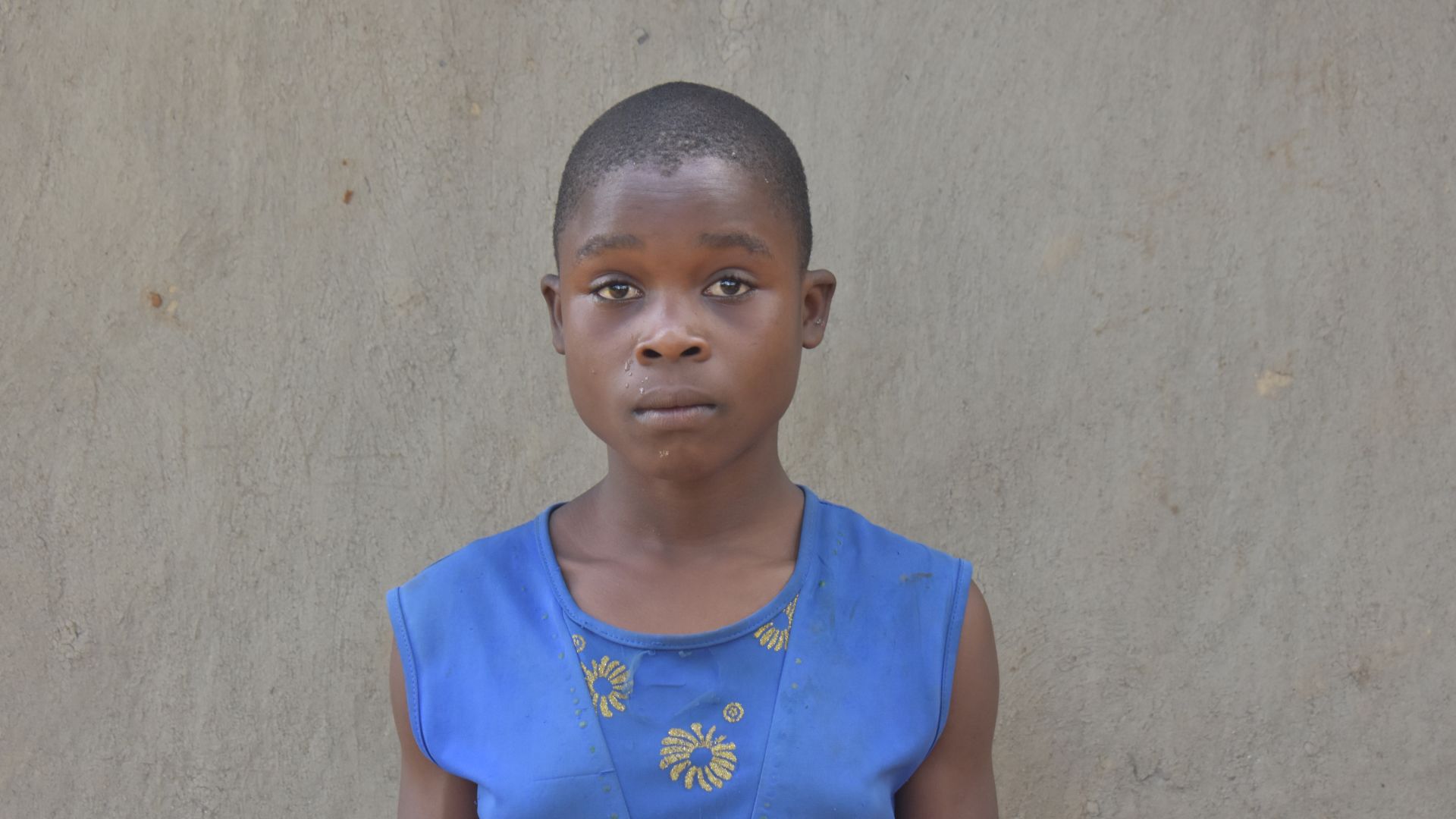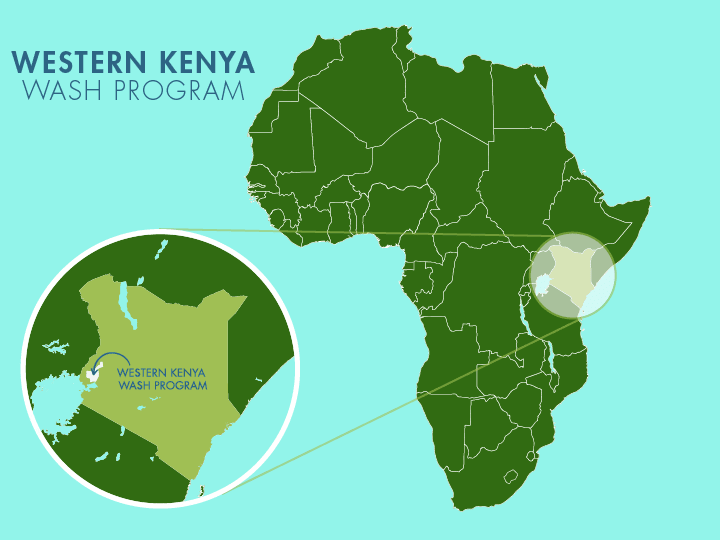In the Shikutse Community, 320 people rely on the Machikwa Musava Spring. The journey to the spring is treacherous, down a steep hill with no stairs to ease the climb. With only one real water source, the spring is heavily overcrowded, making collecting water an all-day affair.

The spring in need of repair.
Their only other option is to collect surface water, which, naturally, causes more problems than solutions. Water-related illnesses run rampant when using contaminated water, but sometimes, they don't have another choice.

Their alternative water source.
Field Officer Betty Majani described the community's experience as follows: "The environment around the water point is not well taken care of, and farming is done very close to the spring box. The place is also bushy and very slippery during rainy seasons, making it risky and dangerous for both adults and children [who] draw water there."

Trekking back up the slippery hill.
Sylvia is fourteen, and she has known the effects of the water crisis for her whole life. "The way to the spring is steep and very slippery, so one needs to be careful when going and coming back from the spring to avoid falling. Also, our spring water has [been] diverted, leaving little water coming from the pipe, which consumes more time at the waterpoint," she explained.

Sylvia.
She is consumed by the fear that now comes along with water. Carefully walking down the hill is as treacherous as making the hike back up carrying forty-four pounds of water as she goes.
"It is not the first time I have had injuries when trying to get water, and whenever I think of getting water, [I] am worried [about] what will happen next. The steep and slippery pathway is dangerous and hard to climb," Sylvia shared.
The challenge of getting to the waterpoint is just the beginning. The overcrowding at the spring also steals Sylvia's precious time.

The overcrowded spring.
She lamented, "During dry seasons, our spring is overcrowded, and a lot of time is spent. By the time you are done with the long queue, you are very exhausted, [and] you cannot concentrate on anything else."
As a girl in western Kenya, education itself is an uphill battle. Every moment spent at the waterpoint is crucial learning time that she won't get back. Above all, she is a little girl who deserves time to play.

Sylvia awaits her turn to collect water.
"[I] am still a child and I need time to play with my friends, and [at] the same time I need humble time for my personal revision [study time] while at home, which will boost my academic performance," exclaimed Sylvia.
Steps Toward a Solution
Our technical experts worked with the local community to identify the most effective solution to their water crisis. They decided to safeguard the existing flowing spring.
Spring Protection
Springs are natural water sources that originate from deep underground. As water travels through various layers of the earth, it undergoes a natural filtration process, making it cleaner and safer to drink. To protect these spring sources from contamination, we construct a waterproof cement structure around layers of clay, stone, and soil. This design channels the spring water through a discharge pipe, facilitating easier, faster, and cleaner water collection.
Accessibility Upgrade
At some protected springs, the path down to the water is steep, narrow, and slippery—especially in the rainy season. By extending the concrete stairway and improving the approach, we make it safer and easier for families, older adults, and children to reach the spring for daily water collection.
Chlorine Dispenser
As an extra measure towards water quality safety, uniquely engineered chlorine dispensers are installed at all of our spring protection projects so community members can treat their water with pre-measured doses of chlorine. The chlorine treats any possible contamination and stays active for two to three days, ensuring water stays safe to use even when stored at home. Chlorine delivery and maintenance of the dispensers are part of our ongoing community support.
Community Education & Ownership
Hygiene and sanitation training are integral to our water projects. Training is tailored to each community's specific needs and includes key topics such as proper water handling, improved hygiene practices, disease transmission prevention, and care of the new water point. Safe water and improved hygiene habits foster a healthier future for everyone in the community. Encouraged and supported by the guidance of our team, a water user committee representative of the community's diverse members assumes responsibility for maintaining the water point, often gathering fees to ensure its upkeep.

 Protected Spring
Protected Spring
 Rehabilitation Project
Rehabilitation Project


















